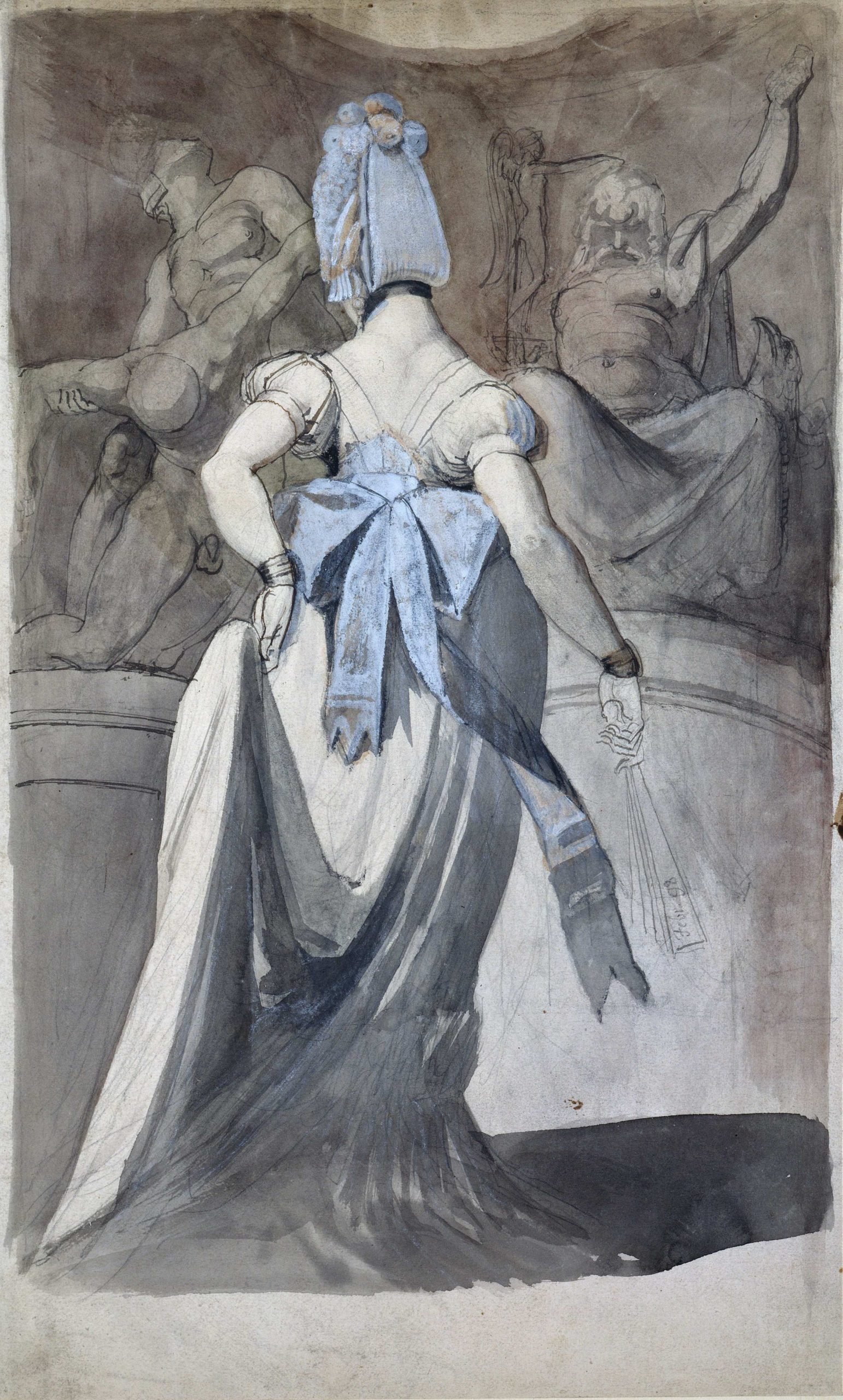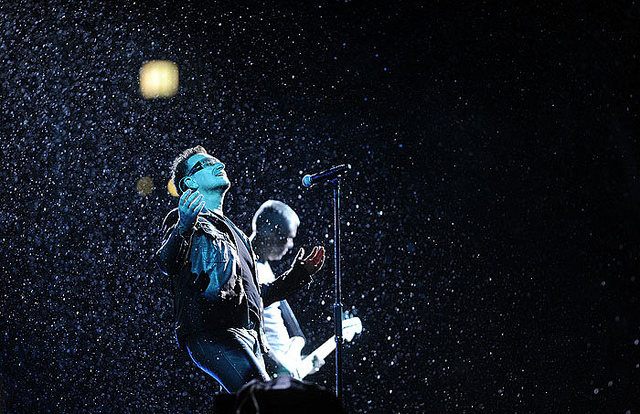Recentring Death
“It is hard to have patience with people who say, ‘There is no death’ or ‘Death doesn’t matter.’ There is death. And whatever is matters. And whatever happens has consequences, and it and they are irrevocable and irreversible. You might as well say that birth doesn’t matter.”
― C.S. Lewis, A Grief Observed
Place a piece of tracing paper over your life. Trace every detail. Do not leave out the smell of homecoming after a long walk, keep that one pot-hole you always scuff, and be meticulous over the lines on the raindrops of that autumn day.
Then shift it all slightly left.
Everything is imperceptibly different, but uncanny enough to make you slightly anxious. Just off enough to make you slightly queasy as you float between the lines that existed before and those which exist now. The roads you walked before are the same but a haze descends and something is tangibly “wrong”—though that something itself remains intangible. Everything is now much more delicate. This sense of “wrongness” is ignorable most of the time. Vast expanses of road look very similar, as does the TV, and even the shape of other people’s laughter is remarkably accurate.
But the shift trips you up sometimes. Maybe the road does look nearly the same but the movement of the shift leaves you flat on your face sobbing in the middle of it—the tracing paper acts like a carpet being taken out from under your feet. Details are blurred too. Even my reflection looks smudged. Instead of reconciling the “before-death-me” and “after-death-me,” my face is caught in the movement between—it is barely here but it is barely anywhere else. This feeling is nauseating. In Victorian “death photography,” families would sometimes pose with their deceased relatives. I like this idea of capturing the state of one’s newly-shifted life in a tangible photograph, of holding that moment in time in your hands, of momentarily defining the “blur.”
Perhaps this is a convoluted way of saying that tragedy is never contained. It is never a place, but rather a space you that becomes a part of you, distorting your own vision and no-one else’s.
My tracing paper existence began when they moved my mum’s hospital bed from the sitting room and replaced it with the sofa again. I’m not sure if they put it back perfectly, fitting the feet into the grooves it had left before—but for me it had shifted. Maybe because the cushions would never feel her weight again, maybe because she would never fall asleep on it waiting for us to come home—maybe just because it had been removed. But it would always be, in some imperceptible way, in the wrong place.
My naïveté was in thinking that the shift would be contained to its ground zero. But tragedy is never contained; it bleeds like veins of watercolour pulsing throughout your life.
The shift when we see death only trips us up so much because we exist inside the delusion that death will never happen to us. The tracing paper has, in fact, been there all along.
Some may argue that the information age makes us closer to death than ever, but it makes humans into statistics. We acknowledge tragedy, we acknowledge the headlines. A conveyor belt of weeping families on a news app. We may even send our dutiful sacrifice of thoughts and prayers. But we do not feel it. We can ignore the overlay of an inevitable ending when we do not feel that ending viscerally. I know very few people that have even seen a dead body. Society wants to keep death at an arm’s length, a subconscious hope to transcend one’s own mortality by not acknowledging it in others. Modernity moves our eyes from the overarching tracing paper by tempting our gaze unrelentingly down. It has discontinued many of the traditions that once made death present. The act of giving food to the grieving is a beautiful symbol of humanness, of surviving, of community in the face of tragedy. There is something earthy and bodily about this gesture that takes place in the height of humanness. But this is a tradition all but lost through onscreen condolence messages and posts.
Digital empathy normalizes, but does not repair, damage. Someone once explained loss to me as like losing a wall in your house. It is a foundational loss and you can see how you are different from others in the street. But when buildings are crumbling all around you it must be hard to comprehend that wall. Death began to become marginalised in the World Wars as its sheer ubiquity meant that no one had time to grieve. Death is everywhere, and so it is nowhere.
Modernity exacerbates this pull towards delusion and numbness. People are expected to move on very quickly, or are assumed to have done so when they do not look sad anymore. There is no black armband or mourning outfit to externalise the burden you are constantly carrying inside. People do not know what to say when death has been so jettisoned to the side. There is no candidness or language to express grief. Society programmes us to forget that everyone we love, we will lose, or they will lose us. So loss not only shatters our life through the missing person, but shatters a world view that has been upheld so meticulously, and we must endure it alone. The loss of public symbols means death is no longer experienced communally. We internalise our support systems, leaning on our own shattered selves rather than building anew with the fragments others might offer. Crying becomes the only outward mark of grief society accepts. We have become so good at disguising and hiding our own shiftedness, it becomes imperceptible to others, when in reality, everyone should exist on this new plane of knowledge.
Instead, technology allows us to become distracted and to procrastinate acknowledging our very mortality. Social media thrives in the preservation of the perfect self, who does not exist, and a life of perfect moments, which cannot be. When I finally saw the tracing paper, I saw the desperation in these acts. In my new view, looking at my life felt like mapping out a road trip along an old Texan highway: one straight line, travelled very fast, with the destination always in mind. There is an exhilaration as well as an alienation in that feeling. The movement is key—there is no breathless clambering for preservation. It is a roof-down, head-back, loud-music surrender to sunburn, to dive bar cider and midnight waltzing, to the journey.
It seems callous to repeat, “my mum is dead” to yourself periodically. But it feels comfortable and tangible to name the shift. For a moment the blur between before and after can be crystallised into the after. This phrase allows me to stabilise the disorientation and nausea—to hold the paper up to the light and see how it clouds a room, to see the fault lines, to take it outside of myself. It contains the multiplicity of pervading tragedy into a digestible ornament—my mum is dead.
It also allows me to hand my tragedy to other people—to show them the tracing paper and let them handle it and see it for a moment before discarding the paper somewhere I can’t.
There are times that the tracing paper shows not shifts, but gaps. The seat next to my dad at my future wedding. The smile in a graduation photo. The space in the shoe rack. Still, in those moments, what could have been will be vaguely perceptible through the haze. Tracing paper does have this tendency to make life conditional—that “what ifs” and “could haves.” These don’t just trip you up, they wind you. Every gap contains a volume of pain to match the size of its emptiness. You cannot remember things that never happened, even if everyone tells you to fill those moments with memory.
The shift disrupts all we have been programmed to think, or not think, about mortality. Death has been so removed from society that it can be conceptualised as something outside of ourselves. But, if life is a canvas, those who acknowledge mortality place a frame around it—this shows our limits, but also elevates its beauty.
I do not think we need to experience death to have this shift, but it is an important one. We would care more for an environment that gives us joy; we would have greater empathy for others if a recognition of our own vulnerability was woven back into us. Recognition of our communal expiration date is healing. It is not that things would no longer matter, but that they would matter differently. To re-centre death is not to re-centre morbidity, but to teach us how to live. Death is still unspeakably sad in this paradigm, but the re-orientation around this one inevitability, in its rawness, in its unfairness and its pain, begins to allow space for hope. ∎
Words by Megan Griffiths. Artwork by Eve Robson-Rooney.







